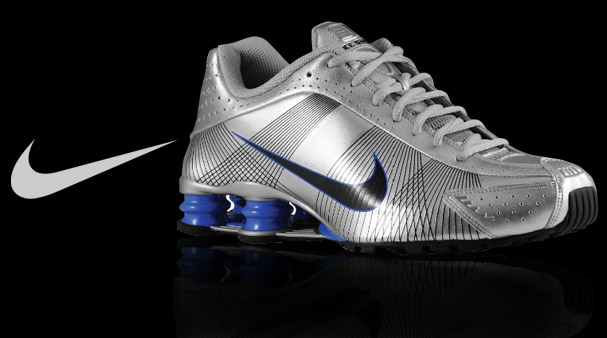 Choosing the right running shoe is probably the most important decision you can make as a runner. The right shoe can make the difference between reaching your goal or quitting due to some debilitating injury. With a little investment of time and effort for finding the best running shoes will help keep you comfortable, ease the shock on your body and keep you injury-free.
Choosing the right running shoe is probably the most important decision you can make as a runner. The right shoe can make the difference between reaching your goal or quitting due to some debilitating injury. With a little investment of time and effort for finding the best running shoes will help keep you comfortable, ease the shock on your body and keep you injury-free.
Question #1 – What is the best running shoe?
The correct answer for this is very simple. There is only one best running shoe and that is the running shoe that works best for you. Every runner is unique in training length, training style, foot shape, running stride, weight, height, etc. The best running shoe for you depends all of these factors.
Question #2 – Do my shoes have to be running shoes?
Running shoes are designed to handle the shock of up to 2.5 times your body weight that is created by the impact each time your foot strikes the ground. They provide the best protection for your feet, legs and body from the repeated stress of thousands of foot strikes. Unlike regular sneakers, running shoes have built-in features that enable you to run day after day more comfortably and with less chance of over-use injury. Running shoes have superior cushioning, better flexibility in the correct laces, more stability or motion control, better tortional stability (stiff where needed), and are more breathable. If you are serious about running, it is advisable to pick up a well fitting pair of shoes designed specifically for running.
Question #3 – How do I know what kind of shoe to buy?
You need to know what type of foot you have. There are three basic foot types; high arch feet, low arch or flat feet, or neutral arch feet.
Flat Feet: Do a footprint test footprint test. Get your foot wet and make a print on a hard surface. If your print looks like a foot-shaped blob or you don’t see an inward curve from your big toe to your heel, this is an indication of flat or low arch feet. If you are a flat-footed person, you are most likely a person who over-pronates, meaning your feet roll inward toward the center of the body when you run. With this type of foot, look for a shoe that will help maintain stability. Look for key words like motion control or stability.
High-arched Feet: Do the footprint test. Your print will curve inward, making the middle part of your foot look very skinny. If you have high arches, most likely you under-pronate, or supinate. This means that your feet will tend to roll outwards away from the body as you run. Look for shoes that will absorb a-lot of shock. Check for key words like cushioned or flexible in their description.
Neutral Feet: Neutral feet represent the type of food that is the least prone to injury. Doing the footprint test, your feet will show a perfect footprint, not to skinny and not a blob. Almost any running shoe will work for a person with neutral feet as these types have the least problems. However, it is still advisable to test out the shoe first.
If you’ve examined your foot or your footprint and it doesn’t look flat-footed or high-arched, you most likely have a neutral or normal foot. Your footprint will have a noticeable curve inward, but not by more than 3/4 of an inch.
Problem? As long as you pick a shoe that doesn’t counteract your foot type, you shouldn’t encounter any problems. This is the most common type of foot, and it’s also the least susceptible to injury provided it’s outfitted with proper footwear.
Question #4 – How long do shoes last?
The average running shoe lasts between 300-500 miles of training, although this distance can vary greatly depending on running routine, individual stride, and if a runner has a second pair of shoes that they use for other activities. Just remember, if the shoes show large uneven wear, it is probably time to get another pair.